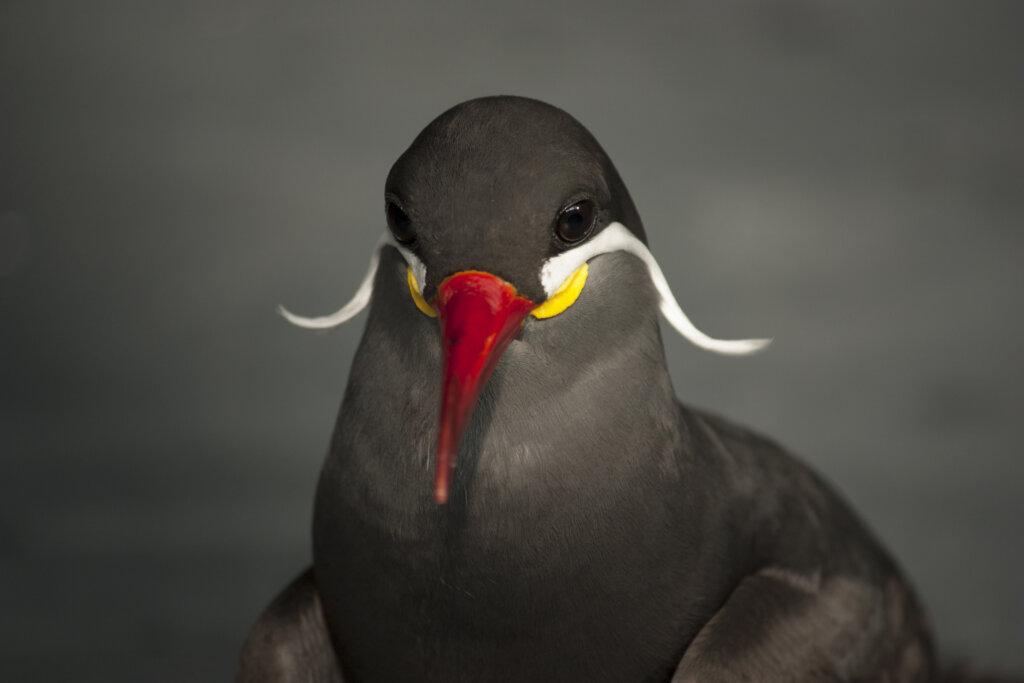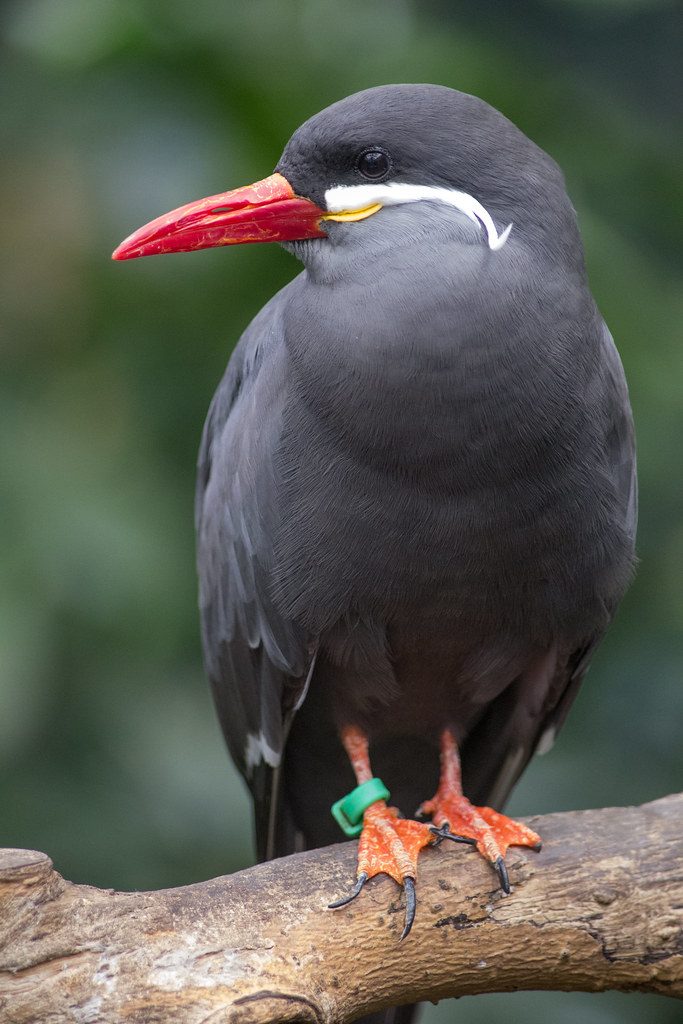Birds as a species are about as diverse a species as any. From crests to wattles and dull plumage to being abundantly colorful! And then there are the mustaches!
That’s right mustaches, like the one on the Inca Tern, the bird with a very dashing handlebar mustache.
A mustache that looks very much like Salvador Dali’s.
It’s commonly compared to the iconic facial hair of Salvador Dali, which is a perfect reference.

“Artis Inca tern (14010168986)” by Kitty Terwolbeck from The Netherlands is licensed under CC BY 2.0.
As a species, the Inca Tern can be found along the Pacific coast of Peru and Chile. Preferring to nest on coastal cliffs and the many small islands along the shore.
These birds get their name from the Inca Empire which once ruled over the land the birds live.
Aside from their distinct mustaches, they have yellow wattles and bright red beaks and feet.

“Lincoln Park Zoo, Chicago” by avinashbhat is licensed under CC BY-SA 2.0.
Unlike many birds the Inca Terns look exactly the same, both males and females wear the same plumage. It is thought the mustache they both have acts as a sign of health, important when choosing your mate.
Pairs tend to stay together throughout the breeding season, though mates do not return to the same mate the following year.

“File:Larosterna inca (Inca Tern – Inkaseeschwalbe) Weltvogelpark Walsrode 2012-012.jpg” by Olaf Oliviero Riemer is licensed under CC BY-SA 3.0.
Another commonly remarked upon feature of these birds is their call.
It’s described as a “mew” similar to a kitten, though a loud one.
I couldn’t find a clip where they didn’t sound angry.
Unfortunately, Inca Terns are listed as a near-threatened species.

“Head of Inca Tern at Living Coasts” by Nilfanion is licensed under CC BY-SA 3.0.
They eat anchovies and other small fish, competing with human fisheries for food, and their island nesting sites are often destroyed by the guano trade. Hopefully, conservation efforts will protect them from becoming endangered in the future.





